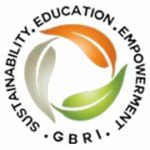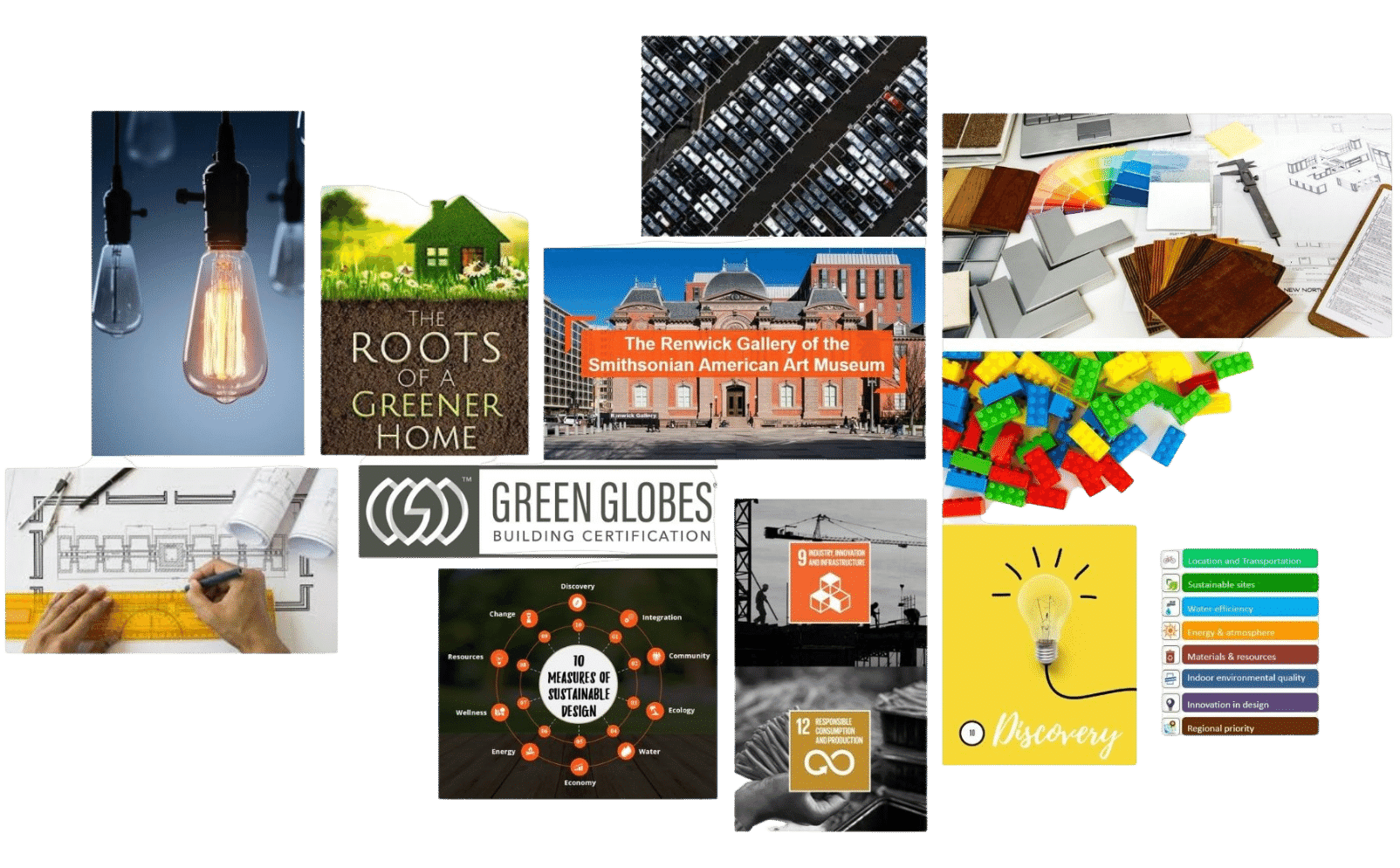Last year was filled with ups and downs. But despite all the challenges of covid, we managed to plant 23,588,232 trees in 42 countries across the globe. Isn’t that amazing! It’s such a proud feeling to know that we were able to plant over 2x the trees we did in 2020. Behind every tree, there’s been an individual who took that small step towards a big impact. Let’s focus on this positivity in life and continue our work in restoring one tree at a time.
Read full story here: https://onetreeplanted.org/blogs/stories/2021-impact-report





